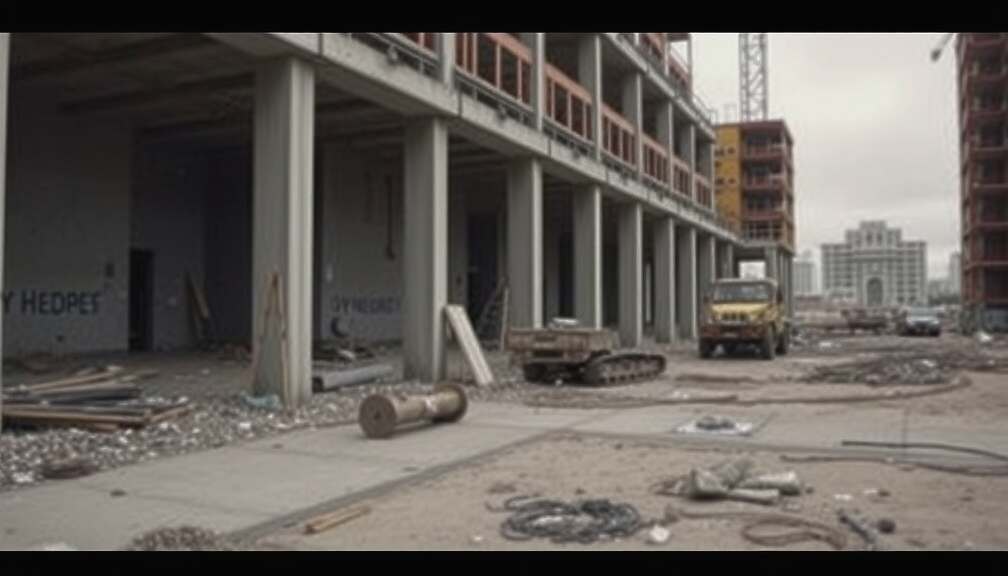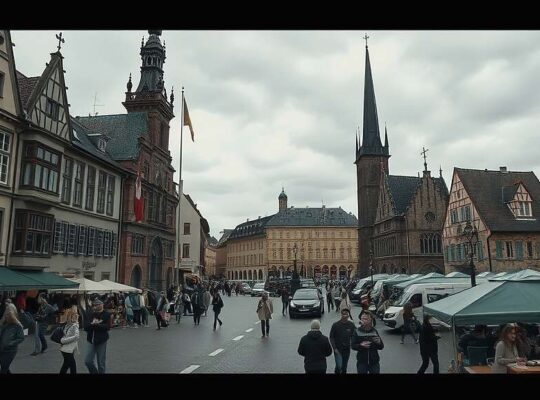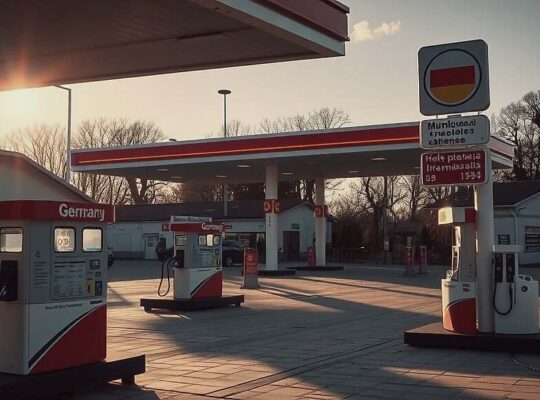A significant decline in construction starts has been observed in Germany, with figures dropping by 85% between the end of 2022 and the mid-point of 2025, according to the “Development Monitor” released by Bulwiengesa and the Federal Association of Free Real Estate and Housing Companies (BFW). The report, highlighted in the Friday edition of “Bild” suggests a growing scarcity of new housing developments.
The downturn continues into 2025, with the area of planned or under-construction residential projects decreasing by more than five percent since the beginning of the year. Smaller towns and cities – categorized as “C and D” locations – have experienced an even steeper decline of ten percent, compared to six percent in larger urban centers.
Dirk Salewski, President of the BFW, described the figures as “a wake-up call” warning of a shrinking project pipeline and a potential backlog of unrealized developments. He emphasized that delays in construction translate to a future shortage of available housing.
Bulwiengesa’s residential area manager, André Adami, forecasts fewer than 200,000 newly completed apartments in 2025. This falls considerably short of the estimated annual demand of at least 320,000 units, as projected by the Federal Institute for Building, Urban and Housing Research. Salewski voiced concerns about the slow implementation of policy interventions, stating that the urgency of the situation is not being fully recognized and that anticipated initiatives are not delivering results swiftly enough.
Federal Minister for Housing, Urban Development and Building Verena Hubertz (SPD) expressed optimism, pointing to a period of challenges for the housing sector and citing a recent improvement in sentiment regarding construction from the Ifo Institute. She highlighted the government’s commitment, including an investment of €23.5 billion into social housing construction by 2029, as a means to stimulate activity.
Construction policy expert Jan-Marco Luczak (CDU) signaled a shift in approach, announcing measures aimed at making construction more affordable. This includes temporarily making the EH55 building type eligible for funding and introducing the building type ‘E’ to allow deviations from established technical regulations. The goal, he stated, is to move away from “expensive gold standards” that contribute to unaffordability and break the cycle of escalating costs and stricter regulations.












